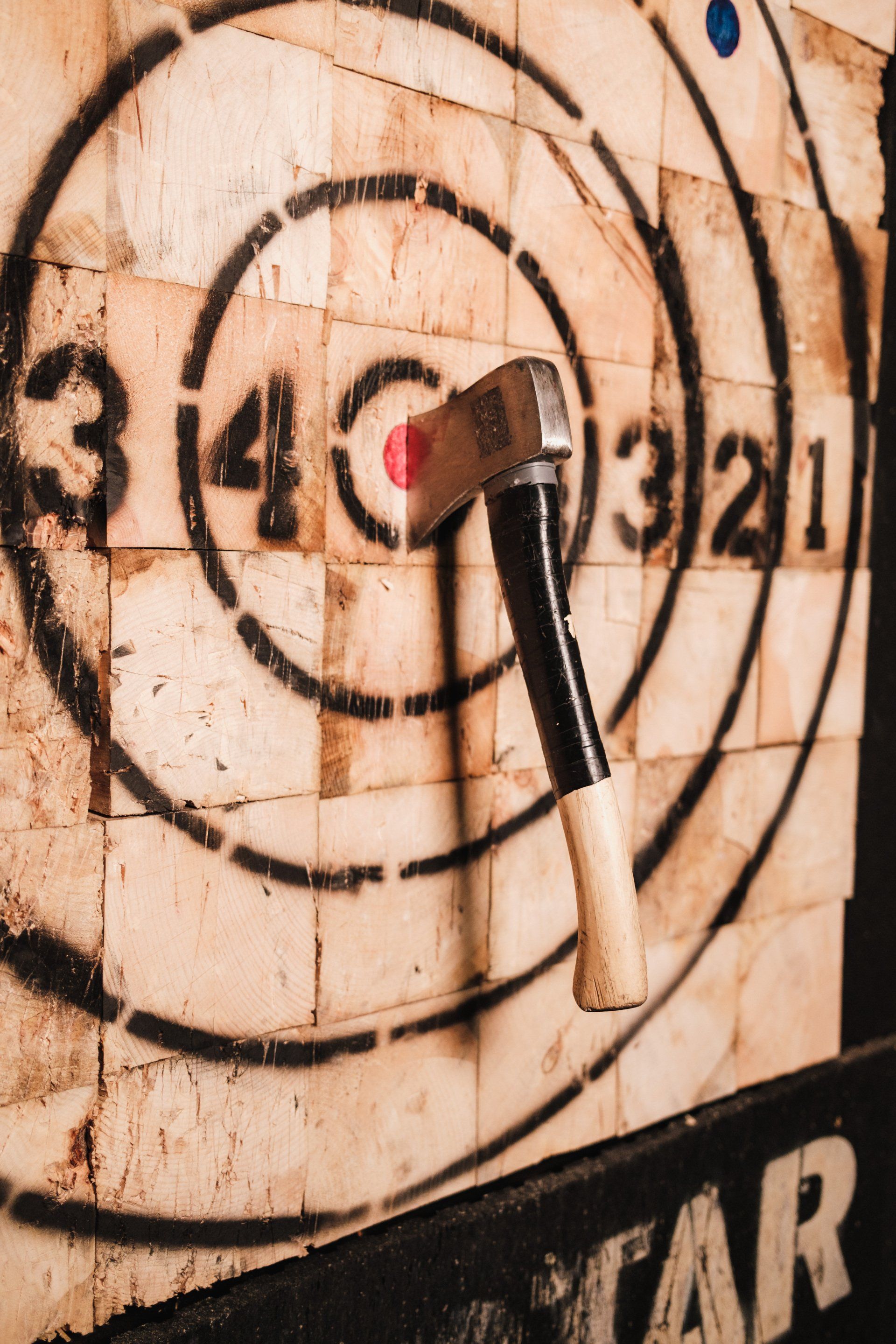Post Title
Learning Proof?

Learning Proofed?
Lessons from parenthood on baby proofing a home that resonate with classrooms…
As a father of three, my wife and I certainly discovered the joys and the worries of being new parents. One worry we had was ensuring that our children were safe. We looked at how others parents had altered their homes. The list of things we noticed were cupboard locks, hard edges covered, stair gates, cables tidied up, etc.
Which would we include as parents? What did we need to do to make our children safe? And which did we need to ignore to ensure that our children could make mistakes and learn?
Recently I’ve been pondering, what is it that we, as educators, do to learning proof our classrooms? What are the things we do that we think are in the best interests of our children that actually prevent them from learning? Which can we remove? Which do we need to keep?
I’ve always held the belief that the person doing the talking is doing most of the thinking – perhaps I’m right, perhaps not. If I am, then how are teachers talking and explaining and reexplaining and owning the stage at the front of the classroom providing opportunities for real learning? Do we provide enough time and space for children to do the heavy cognitive lifting in a classroom?
James Nottingham (@JamesNottinghm) beautifully expressed through the learning pit, I wonder:
· How often are our students ‘in the pit’?
· How often do we let them find their way in? And then out?
· Do we explicitly plan for and allow time for the struggle?
· Do we provide the space for them to learn, make mistakes and learn again?
To me, these are essential questions to be asking. If the answers you give, seem as though you have ‘learning proofed’ your classroom, you have an opportunity. A chance to provide time and space for your students to engage in the cognitive conflict and the cerebral battle that is learning. The holidays are upon us and provide us an opportunity to establish the classroom culture.
In setting up your room, give thought to student agency and provide opportunities to the creation of the physical space as well as the cognitive. Establish a new norm with your new class and ensure that you are developing a room that is learning centred not learning proofed.
It isn’t easy, and neither is letting go, nor is remaining silent and allowing the students’ voices to take centre stage.
Be bold, be brave, be what your students need you to be!


